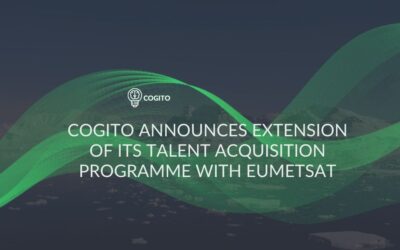An Employer Value Proposition (EVP) is a key aspect of a company’s attraction strategy, helping to communicate its unique benefits and culture to potential employees. This process will not only help attract the right talent but differentiates a company from its competitors in the job market.
Benefits Of Investing In An EVP:
- Increases employee satisfaction and retention, as the proposition is transparent to those it impacts most.
- Encourages engagement by aligning employee expectations with the company’s values and goals.
- Positively impacts a company’s bottom line by improving its ability to attract and retain top talent.
Building an EVP platform can be a challenging process, but there is a range of processes that can be considered when designing an effective platform.
Where To Begin?
A good starting point is first defining your organisation’s unique culture and values.
Employers should take the time to evaluate the status of their company culture – talk to your employee key groups and analyse employee engagement surveys to uncover what makes people want to work for your organisation. By listening to your workforce and collecting data on what is important to them, you can often identify aspects of working for an organisation that even business leaders may not be aware of, and therefore is a critical first step in better understanding the overall culture of an organisation.
So, now you understand how your employees feel – what about the external audience and market movements?
To build an EVP that is engaging with potential candidates, you first need to understand the expectations and priorities of the target audience – otherwise, you are potentially putting time, money and effort into a process that may return little success. This is an excellent example of where research and data are king, as external audience research is a truly unique tool in identifying the key motivators of a talent pool – there are few other ways to get a true understanding of what matters most to your desired candidates.
The results will establish what is most important to candidates, meaning employers can develop their EVP in a way they can be confident will be aligned with their desired talent pool.
Armed with data, you can now identify your differentiators.
Employers should identify the unique benefits, culture, and values that set them apart from competitors – this will form the foundation of an EVP. This process will allow employers to take the words of those people who work within the business, ensuring authenticity in a proposition.
At this point, you are ready to develop the EVP statement.
Use the information gathered to develop a clear and concise EVP statement that brings to life the benefits, culture, and values offered by your organisation. Without this, there is the risk of employees misinterpreting an EVP. This statement should be simple, memorable, and reflective of your company’s brand.
Communication is Key!
Share the mission with your employees. Once your EVP has been established, it’s important to communicate it to employees and potential hires. This can be done through various channels, such as the company website, recruitment material, and internal communications. This is a great opportunity to get a sense check of how an EVP will be received and allows feedback to be given. Communicating in this way also encourages a culture of employer brand advocacy, which will help to push the EVP even further.
Now employees are aware of your EVP, it is time to implement this externally. Once the EVP is communicated, it is important to put it into action. This involves aligning HR policies and practices with the EVP and regularly monitoring employee engagement and satisfaction to ensure that the EVP positively impacts the workplace.
Regardless of the results, the job is not finished. it is important to monitor the EVP…
Once you have implemented your EVP, it is not now time to sit back and relax. To ensure the continued success of an EVP, it is important to continue to monitor and measure its performance. There may be times when you will need to adapt to changes in the market, company and competitors, particularly in this increasingly competitive recruitment market where priorities are ever evolving, so developing an EVP is a process that needs to be nurtured and should not be seen as simply a box ticking process.

Building an EVP platform requires a systematic approach that involves understanding your organisation’s unique culture and values, conducting market research, identifying your differentiators, developing a clear EVP statement, communicating the EVP, and implementing and monitoring it. By following these steps, companies can create an EVP that truly reflects their brand and helps them attract and retain top talent.








